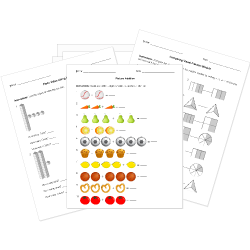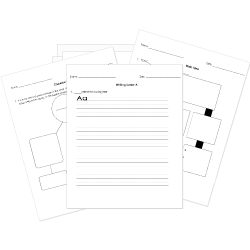Common Core Standard CCRA.R.2 Questions
Determine central ideas or themes of a text and analyze their development; summarize the key supporting details and ideas.
You can create printable tests and worksheets from these questions on Common Core standard CCRA.R.2! Select one or more questions using the checkboxes above each question. Then click the add selected questions to a test button before moving to another page.







